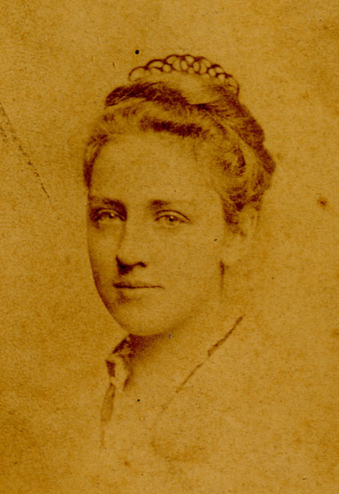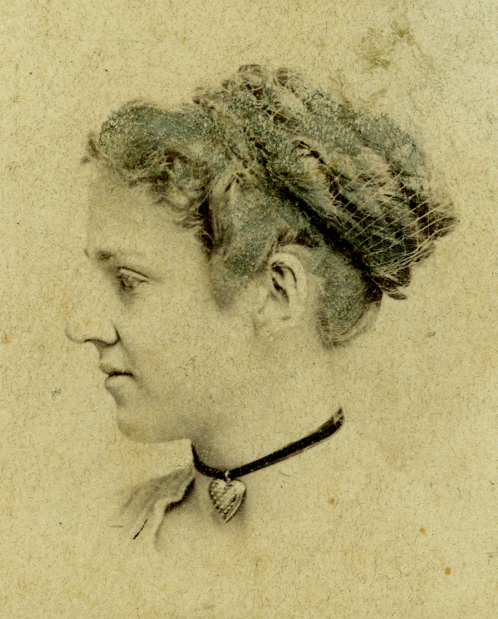Women’s Suffrage and How it Affected the Lives of Unmarried Women in the 18th and 19th Centuries
Born in 1848 to Hannah Dane Sargent and Bishop Frederic Dan Huntington, Arria Sargent Huntington was the eldest of her five siblings. As a member of the fifth generation of the Porter-Phelps-Huntington family, Arria would have spent her summers at “Forty Acres” when she was growing up in Syracuse. As an adult, Arria devoted much of her time to philanthropy, she founded The Shelter for Homeless Women and Girls, the Working Girls Club, and was involved in many other organizations. Arria was the first woman elected to public office in Syracuse where she would serve on the New York State Board of Education from 1897 to 1903 (two decades before women even had the vote). Despite having numerous suitors, Arria would never marry. While uncommon at the time for a woman to choose to remain unmarried, Marla R. Miller writes about a woman from the late eighteenth-century, Rebecca Dickinson, who also chose to remain unmarried despite being proposed to. In her book, Rebecca Dickinson: Independence for a New England Woman, Miller writes,
“In late eighteenth-century New England being unmarried did not necessarily mean having liberty or feeling free. On the contrary, women without husbands were dependent on others—usually fathers, brother, or nephews—who would decide their fate.”
In addition to the lack of independence Dickinson would have experienced, she also writes in her journal about feeling lonely: “…this lonely habitation where there is no voice nor nothing but one old odd being.” (August 20, 1787) She later writes about “those lonesome death-like thoughts” and describes her house as “a tomb.” Although Dickinson had a successful career as a skilled craftswoman and at times writes about the joys of remaining unmarried, these quotes from her journal paint her as the stereotypical lonely ‘old maid’ that Miller discusses in her work. However, when we look at Arria’s life, the image we see is one of success and independence.
While Dickinson lived during the late eighteenth-century, Arria wasn’t born until the mid-nineteenth-century, so what was happening at this time to enable an unmarried woman like Arria to be so successful and independent while just half a century earlier, women like Dickinson didn’t have control over their own lives? The answer lies in the 1840s when women’s suffrage began to gather support. While Dickinson died in 1815 and would not have been around to experience the growth of women’s suffrage, Arria was born in 1848 and would have grown up in the middle of this blossoming social movement. 54 years after Dickinson’s death, and just 21 years after Arria’s birth, the first national suffrage organization was established in 1869; the National American Woman Suffrage Association (NAWSA). Arria died in 1921 and just barely saw the 19th Amendment ratified, but she lived at a time when women’s independence and equality was the focus of the American public. Therefore, while remaining unmarried for Dickinson meant she didn’t have control over her own fate, as Miller argues, Arria was able to succeed in a society where women were able to make such choices and still maintain their independence.
SOURCES:
Baratta, R Catherine. Arria Sargent Huntington's curriculum vitae (created by Dr. Baratta as a class handout). 1999
Miller, Marla R. Rebecca Dickinson: Independence for a New England Woman (Boulder, CO: Westview Press, 2014).
Huntington, Arria S. Under a Colonial Roof-Tree: Fireside Chronicles of Early New England. Syracuse: Woolcott’s Bookshop, 1905.
“Obituary of Arria S. Huntington” from the Provincetown Journal. Sunday, June 9th, 1996.


